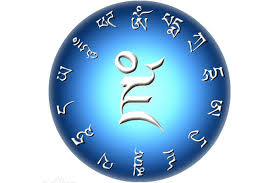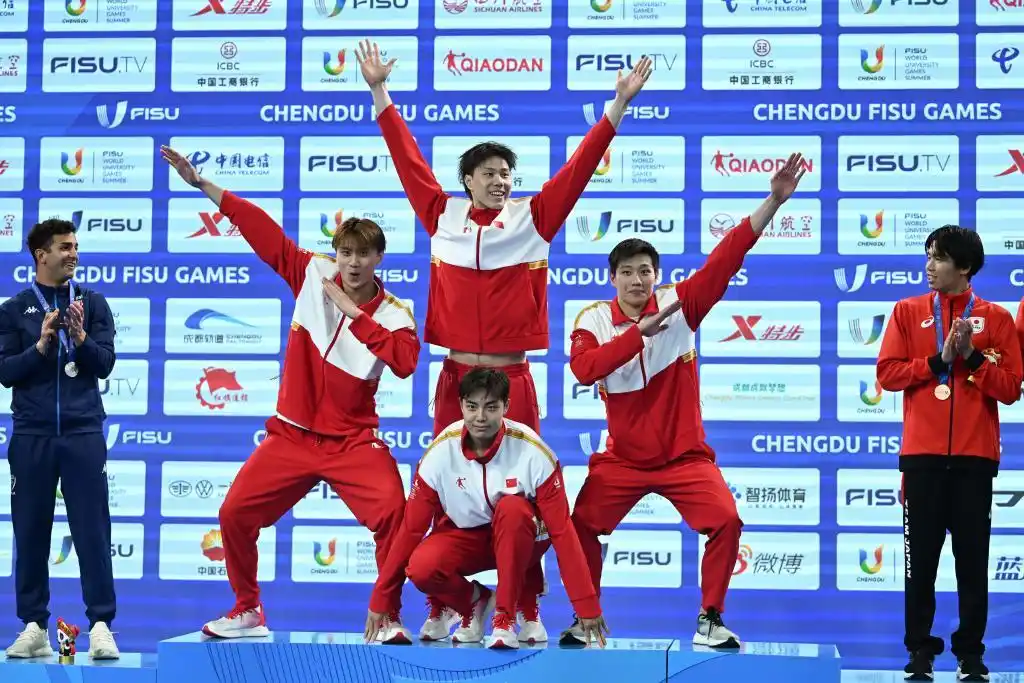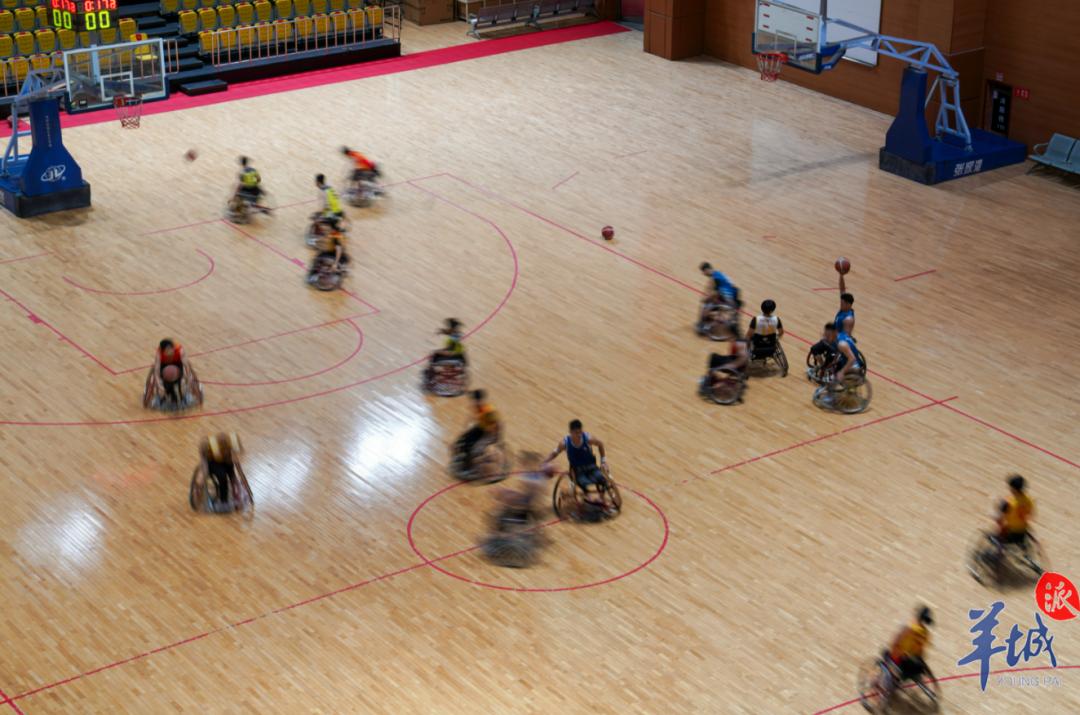※双重肌肉和多关节肌肉可以作为主要肌肉(本质上是肌肉力量不足)在另一个链接中锻炼时。
如果膝盖关节被拉直,然后臀部弯曲(膝盖直接向前摆动),则很难将腿挥舞,这是股骨后肌群中“被动不足”的现象。
例如:完全弯曲手腕后,很难弯曲手指。

前臂伸肌群体已作为对抗性肌肉经历了“被动缺陷”。
the the和多关节的肌肉被拉伸并拉长为拮抗肌肉(本质上是肌肉拉伸的不足),体内肌肉工作的杠杆原理是由骨骼作为杠杆作为杠杆的运动,作为支撑物和肌肉收缩作为动机而完成的。
从机械的角度来看,肌肉工作完全遵循杠杆原则。

如下图所示,右下图,人杠杆具有3点支点点:关节O点力点的中心:骨附着表面F电阻点的致动肌肉的中心:链路的总重心和重对象的重点,点r点r点张力臂。
从支点到电阻线的垂直距离(OR)是电阻臂。
肌肉张力和张力臂的产物是肌肉力矩。电阻和电阻臂的产物是电阻力矩。
(M = F*L)肌肉扭矩和电阻力矩分别代表肌肉力和耐药性对骨杆的旋转效果。
人力力学杠杆分类根据杠杆上三个点的不同位置,可以分为三类:第一类杠杆(平衡杠杆),第二类杆(避免力杆),第三类杆(速度杆)(Speed Lever(Speed Lover)(中间的完整点)(中间)(中间的电阻)(中间的电阻点)以及辅助互动的连接,固定在固定的链接中,固定的链接固定在附近。
(维持固定的姿势)例如:站立时,膝盖关节周围的肌肉的工作是修复它。

知识点5:链接的力量分析方法①链接运动的方向与外部力量的作用方向相反。
特定的动作,特定分析。
手持哑铃侧长举重的分析过程(静态)(1)确定动作的名称:手持哑铃侧面长度举重(2)动作描述:两脚均张开,肩膀宽度,肩膀宽度,身体是直立的,手臂抬高到90度,并保持在水平位置。
定位瓣关节运动链接:肩带关节:胸骨关节运动形式:上旋转方向:向上的外部力方向:向下外力方向与外部力方向和外力之间的关系:相反的M肌肉= M原理= M原理:反向原则:上下梯形上下 downward external force direction and external force: opposite M muscle = M principle: reverse primary muscle: triangular, upper hill, and brachial three working conditions: near-fixed elbow joint movement link: forearm movement Moving joint: elbow joint movement form: extension and rotation inward movement direction: upward external force direction: relationship between downward movement direction and external force: opposite M muscle = M principle: reverse and prime mover muscle: pronounced circle, pronounced front, elbow working conditions: pronounced joint: hand movement joint: radial wrist joint movement form: lateral flexion movement direction: upward external force direction: relationship between downward movement direction and external force: opposite M muscle = M principle: reverse and prime mover muscle: radial extensor longus muscle, radial extensor shorter muscle, ulnar extensor muscle and other working conditions: pronounced fixed movement link: forearm movement joint: metacarpal knuckle movement Form: flexion movement direction: upward external force direction: relationship between downward movement direction and external force: opposite M muscle = M external principle: inverse prime mover: superficial flexor muscle, deep finger flexor muscle, etc. Working conditions: near fixation (3) Division stages, analysis results (table) link joint movement and external force relationship primary mover working conditions working properties shoulder straps sternary cleft circumference M muscle = M outer trapezoidal muscle upper and lower parts, serratic anterior muscle near fixation support working upper arm shoulder joint abduction against M muscle = M outer triangle, supratus, brachial triad support working forearm elbow joint extension, internal rotation M muscle = M external pronounced circle, Protruding the front and proximal elbow fixation support work hand radial wrist joint microflexion opposite M muscle = M external radial extensor carp longus, radial extensor carp固定支撑工作与M肌肉相反的固定支撑工作屈曲近距离肌肉= m外部表面屈曲,深层手指屈曲等接近固定的支撑工作(4)摘要和建议(动态)分析过程(例如以下阶段)(作为一个示例)(以下阶段)(1)确定动作的名称(2),相互分离的是,肩部是分离的,肩部是分开的,肩部是分开的,肩部是分开的,肩部是分离的,肩部是分开的,距离是分离的,距离是分离的,距离是分离的,距离是分离的,地面,将脖子,背部,臀部和腿保持直线。
版权声明:本文内容由互联网用户自发贡献,该文观点仅代表作者本人。本站仅提供信息存储空间服务,不拥有所有权,不承担相关法律责任。如发现本站有涉嫌抄袭侵权/违法违规的内容, 请联系本站,一经查实,本站将立刻删除。如若转载,请注明出处:http://www.jnpharmart.com/html/tiyuwenda/13752.html






